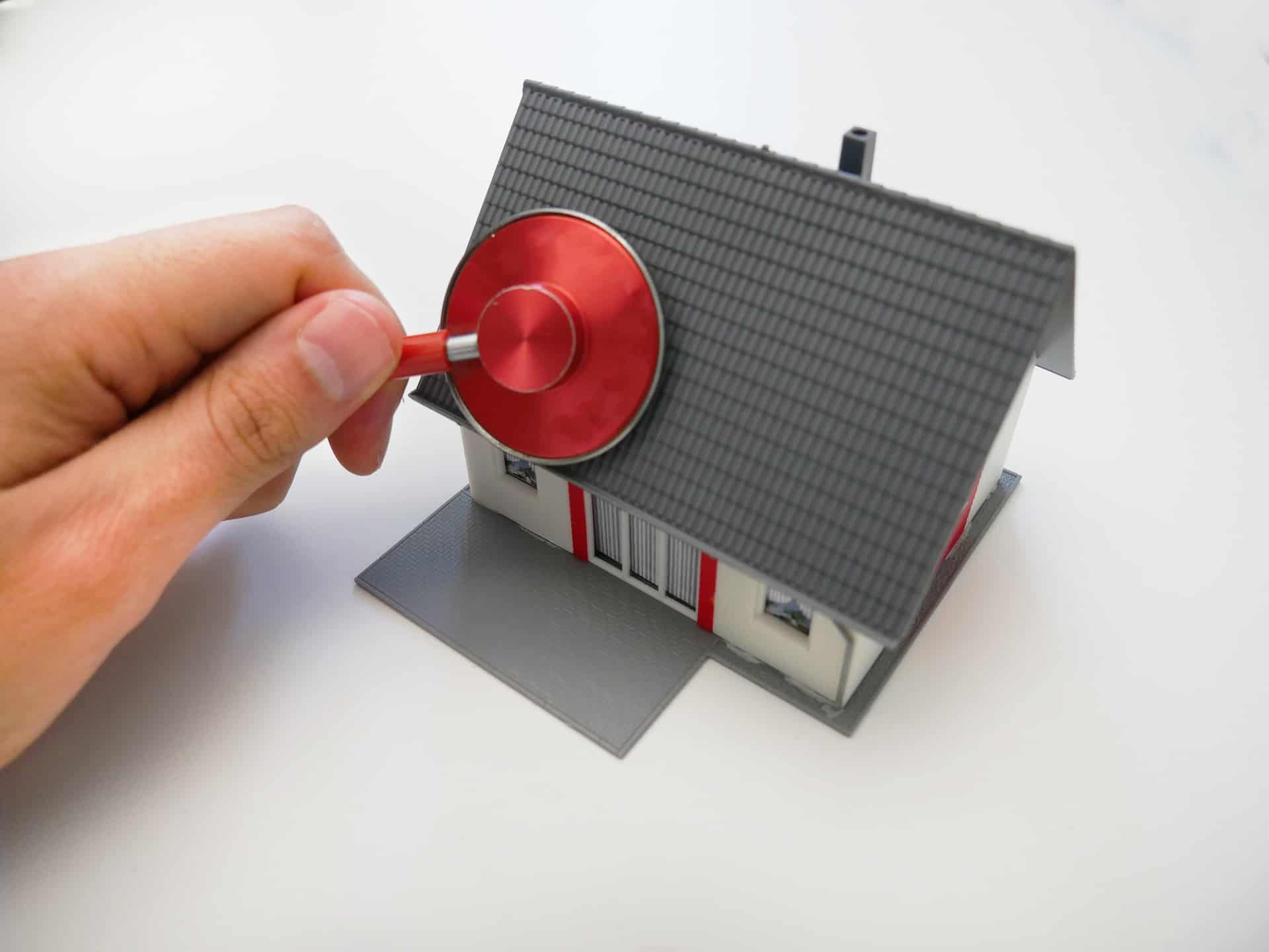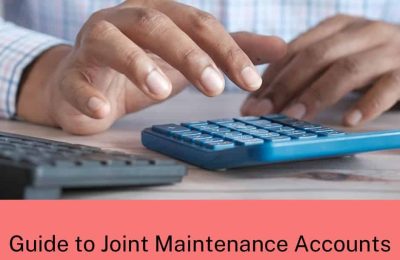Insurance, whilst a dry subject, is an absolute must for property owners. Whether you own a home, let one to tenants or use it as a holiday home/short let, insurance is a necessary evil. When letting a property, landlord insurance becomes even more vital, especially if you have a mortgage on the property. Should the worst happen and you suffer a loss, then your landlord insurance policy is there to provide financial and practical support with cover tailored to your needs.
Some of these tailored covers are:
Loss of rent – cover for rental payments following a claim whilst the property remains uninhabitable.
Alternative accommodation – temporary housing for your tenants following a claim when the property remains uninhabitable.
Property owners’ liability – liability for loss or injury related to your property.
It’s always prudent to check your landlord insurance policy to ensure you have these covers as often cheaper policies will have stripped back covers and lower limits.
The most important part of an insurance policy is the cover to repair and rebuild your property following a claim. This covers anything from a burst pipe to a devastating fire. When arranging your insurance policy, you will often be asked for rebuild cost and it is essential this is accurate. Failure to provide an accurate figure could result in a substantial reduction in any claims payments made to you.
What is rebuild cost?
Rebuild cost is the amount it would cost to rebuild the property if it was destroyed. These costs would include site clearance, materials, labour and professional fees, such as architects and surveyors.
How do I find out my rebuild cost?
If you own a standard, brick and tile-built property you can use the Building Cost Information Service’s house rebuilding cost calculator. Alternatively, you can contact a chartered surveyor to carry out a professional assessment.
If your home is of non-standard materials construction or you live in a listed building, you should contact a chartered surveyor for advice.
To find out if you live in a listed building, go to the relevant website for your country:
English Heritage (England)
Historic Scotland (Scotland)
Cadw (Wales)
Northern Ireland Environment Agency (Northern Ireland)
Rebuild cost versus market value
Many people assume the rebuild cost is the same as market value, but these can differ substantially. For example, the cost to rebuild a 3 bedroom detached house is fairly standard, no matter where it is located. However, the market value of the property could be substantially different if it was in a prime location in Edinburgh compared to another part of the UK.
Why is an accurate figure so important?
Underwriters calculate your premium based on the rebuild cost. As the policyholder, it’s your responsibility to ensure this is at the correct level. If you have to make a claim (no matter how small), the insurer will check the sum insured and determine whether it is adequate, and the correct premium has been applied.
When your sum insured is inadequate, the insurer can apply the rule of general average to reduce the claim payment proportionately by the amount of underinsurance. If this happens to you, there could be an impact on your ability to repair or rebuild the property.
Why underinsurance is an issue at the moment?
We are hearing about the cost of living and supply chain issues all the time. These issues are significantly impacting the building industry with raw materials soaring in price over the past couple of years.
If you have kept with the same insurance provider, then an element of index linking will have been applied to your rebuild cost, however, it is still prudent to check this is still a valid figure.
For expert advice on ensuring you have the correct insurances in place it is always worth seeking the advice of an independent insurance broker.











